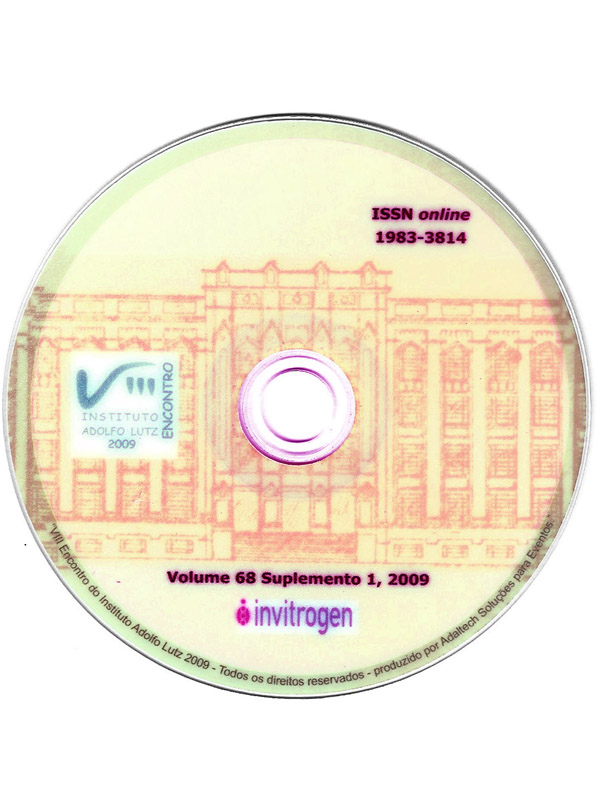Resumo
Due to the pandemic potential of influenza virus the follow-up of its surveillance is the only tool suitable to detect new strains and to adopt strategies to minimize its dissemination. During influenza virus season 2008 a total of 575 respiratory secretions were collected from patients 0 to 75 years of age, with acute respiratory illness, living in the Southeast, Centre East and North of Brazil. Virus isolation attempts were performed in cell culture of MDCK, Vero and Hep-2. IFI assay using monoclonal antibodies was performed in order to identify the isolates. Antigenic characterizations of the identified viruses were realized by HI by using immune sera provided by World Health Organization. In addition, molecular assay was also performed during our epidemiological surveillance tasks. Influenza virus 79 (13.23%) was identified. Among them 27(34.17%) were characterized as A/Brisbane/59/2007 LIKE (H1N1); 2(2.53%) were characterized as A/Brisbane/10/2007 LIKE (H3N2).Regarding influenza B virus the co circulation of both
influenza B lineages: B/Yamagata and B/Victoria has been observed. The Yamagata lineage identified during influenza virus season 2008 was B/Florida/04/2006 23(29.11%) and B/Victoria lineage was represented by the B/OHIO/01/2005 17(21.51%) and B/Malaysia/2506/2004 10(12.65%) strains. In addition, during influenza virus season 2008 death due to influenza virus was registered in Santa Catarina South region of Brazil. Influenza virus of type A/Santa Catarina/6662/2008 LIKE (H1N1) detected in the lung and liver necropsy tissues collected from a two years old child was genetically similar to A/Brisbane/59/2007 LIKE (H1N1) strain. Influenza virus surveillance activities also identified this virus strain during an outbreak of acute respiratory disease in a native children community, nearby São Paulo. The virus was isolated from three hospitalized children presenting pneumonia. In addition the preventable strategies of influenza virus vaccine by matching the circulating strains and those including in the vaccine
composition, epidemiological surveillance of influenza virus is a powerful strategy towards monitoring oseltamivir strain resistance.

Este trabalho está licenciado sob uma licença Creative Commons Attribution 4.0 International License.
Copyright (c) 2009 TM Paiva, MA Ishida, MA Benega, DBB Silva, CLS Santos, KO Corrêa, CRA Constantino, RP Santos, AS Cruz, HA Barbosa, TRMP Carvalhanas
